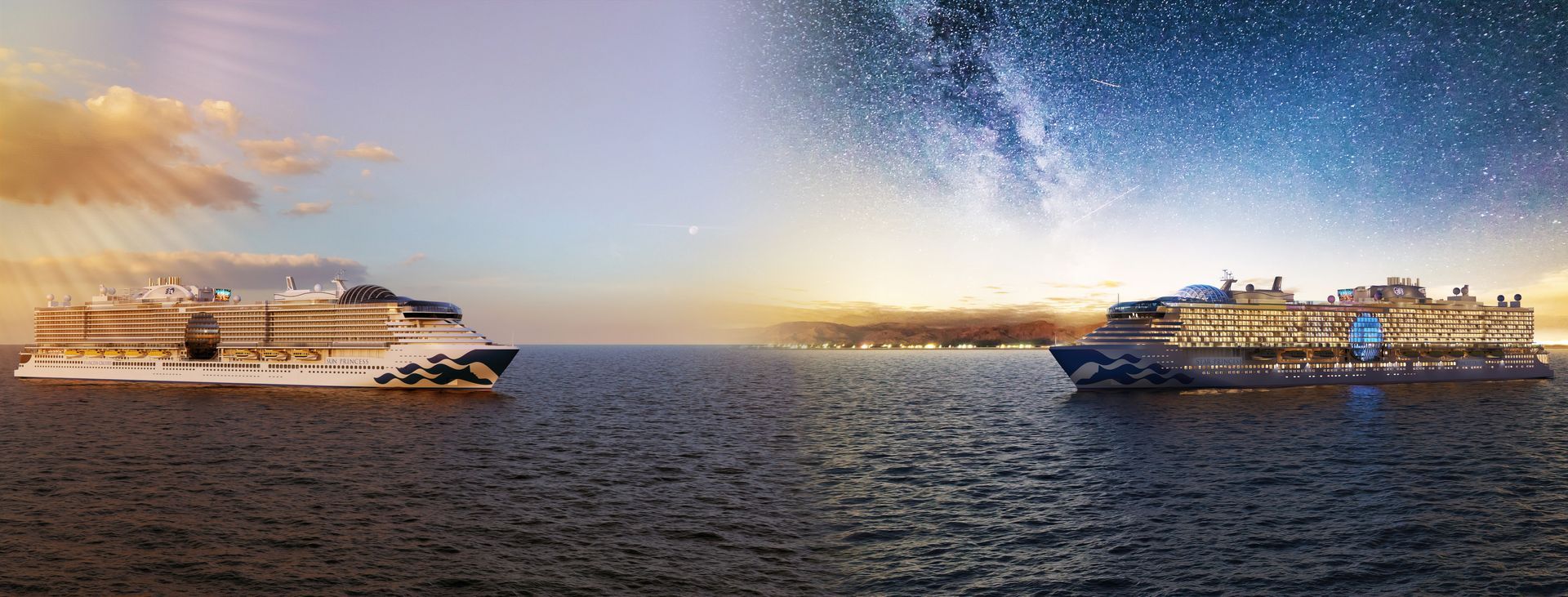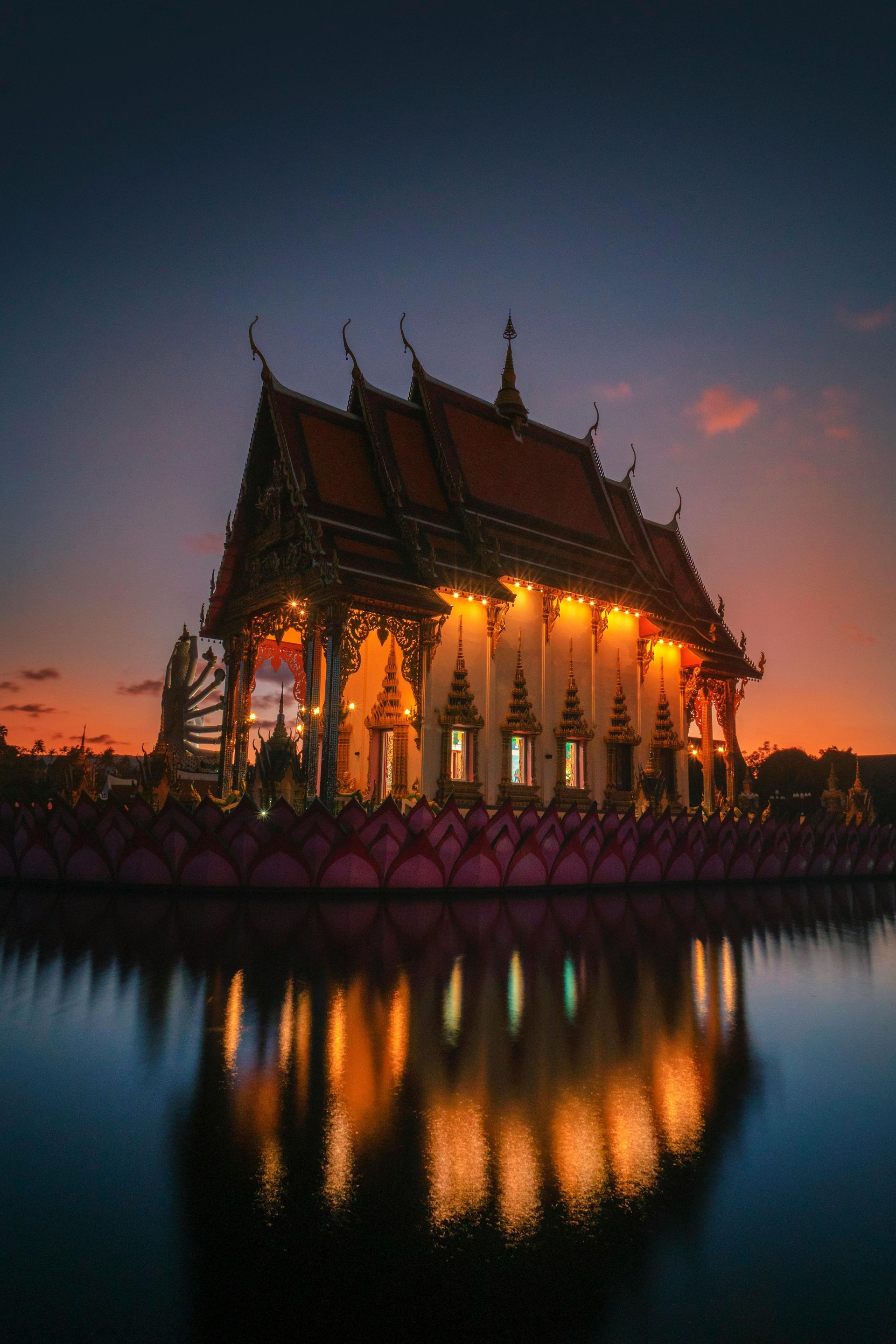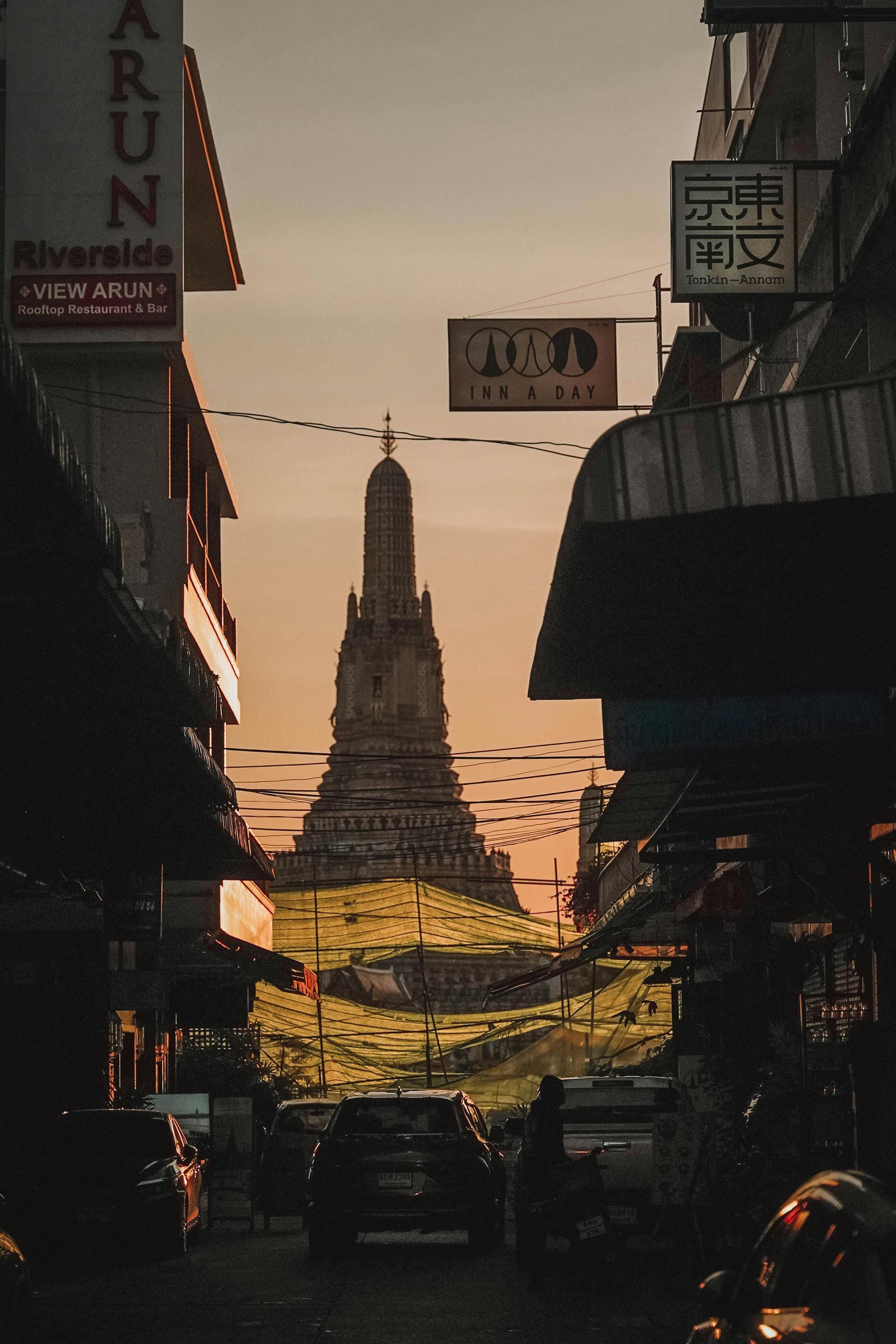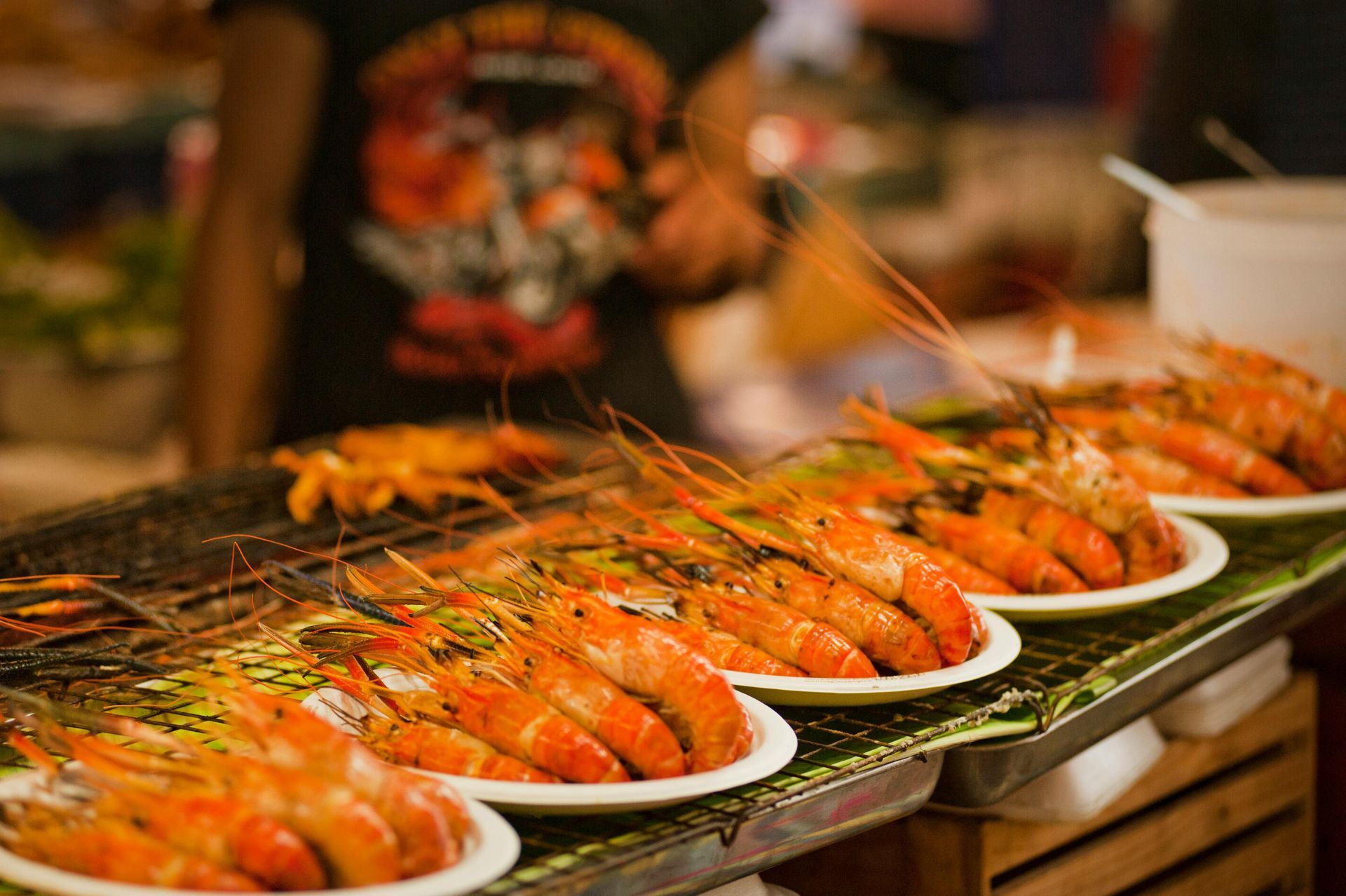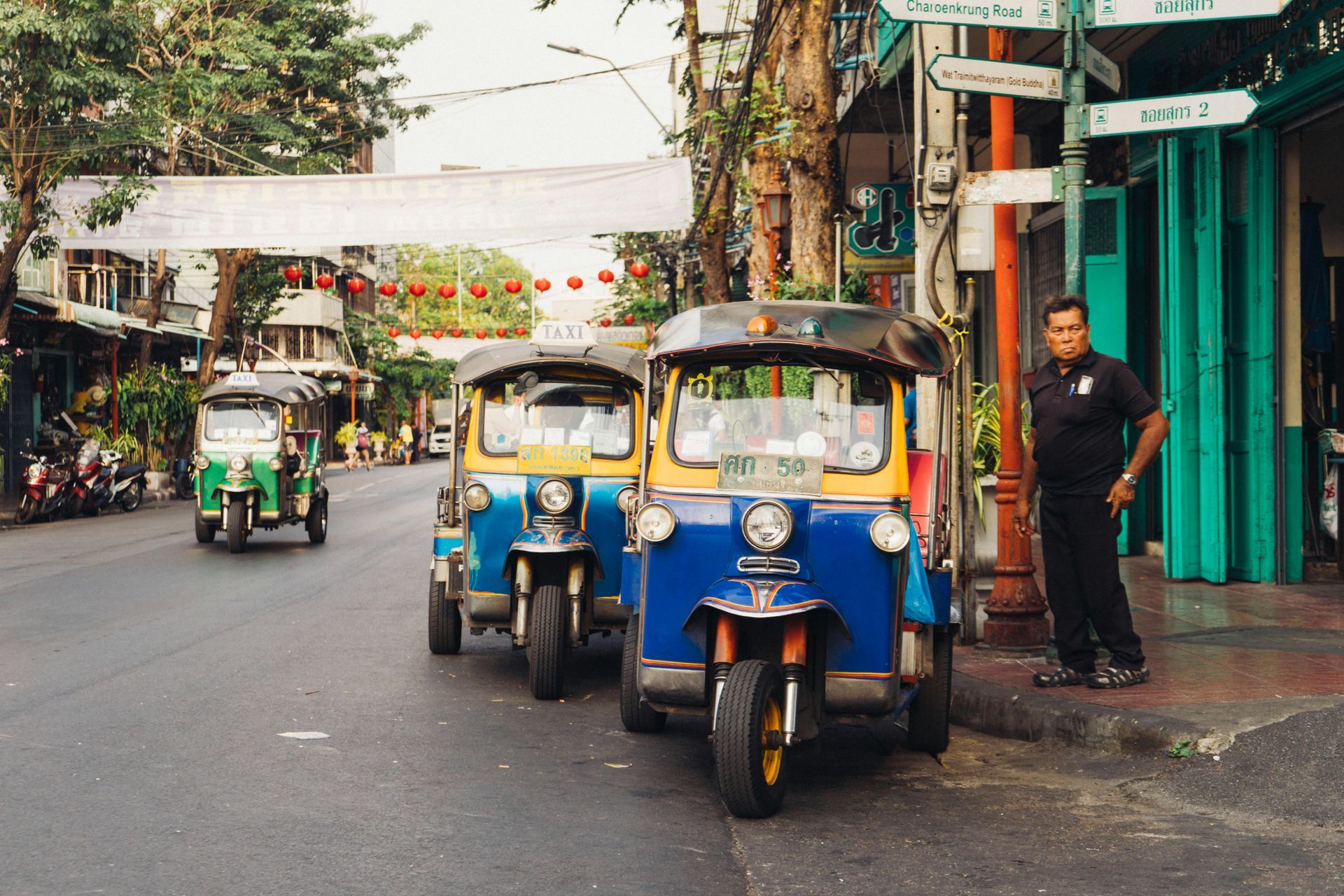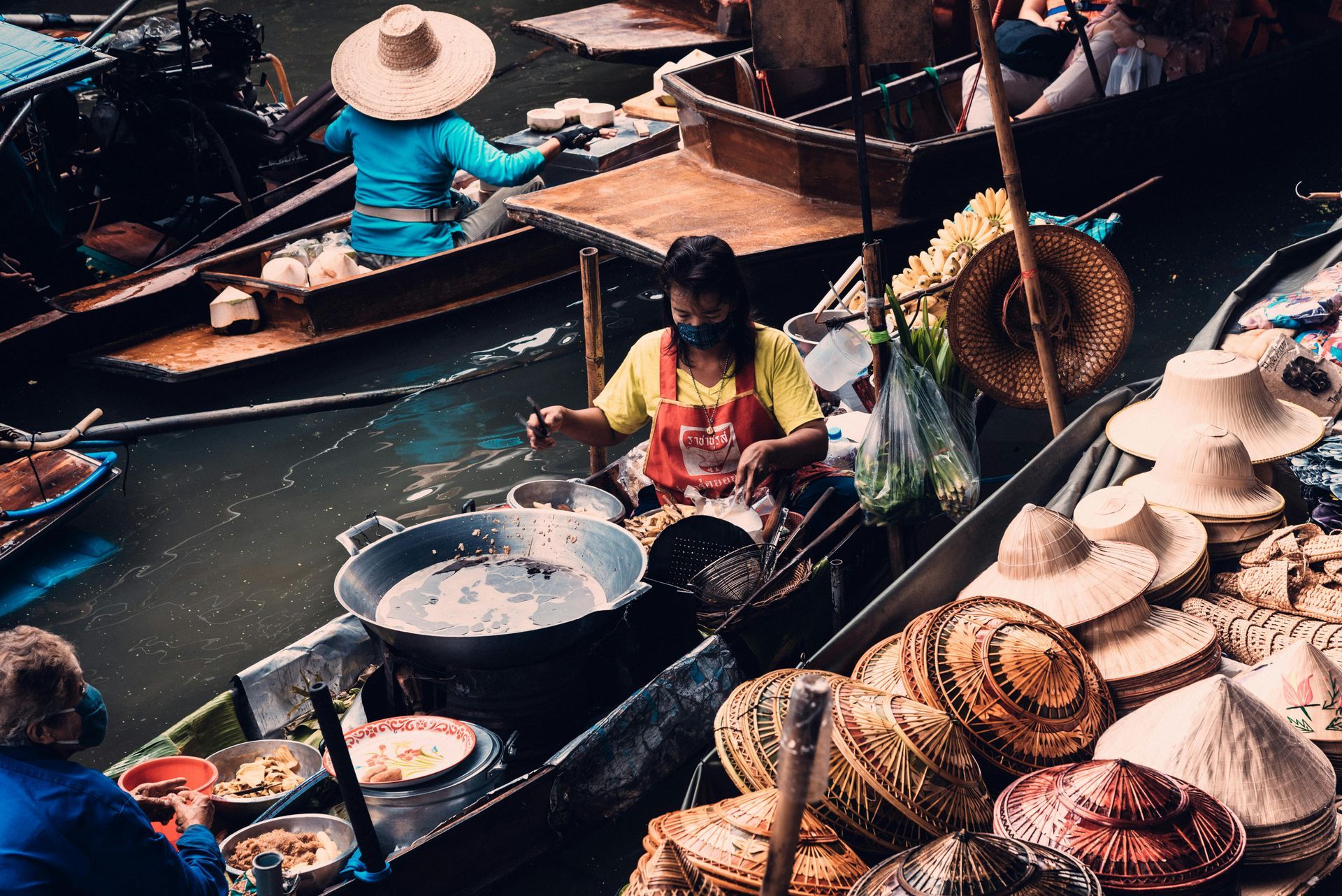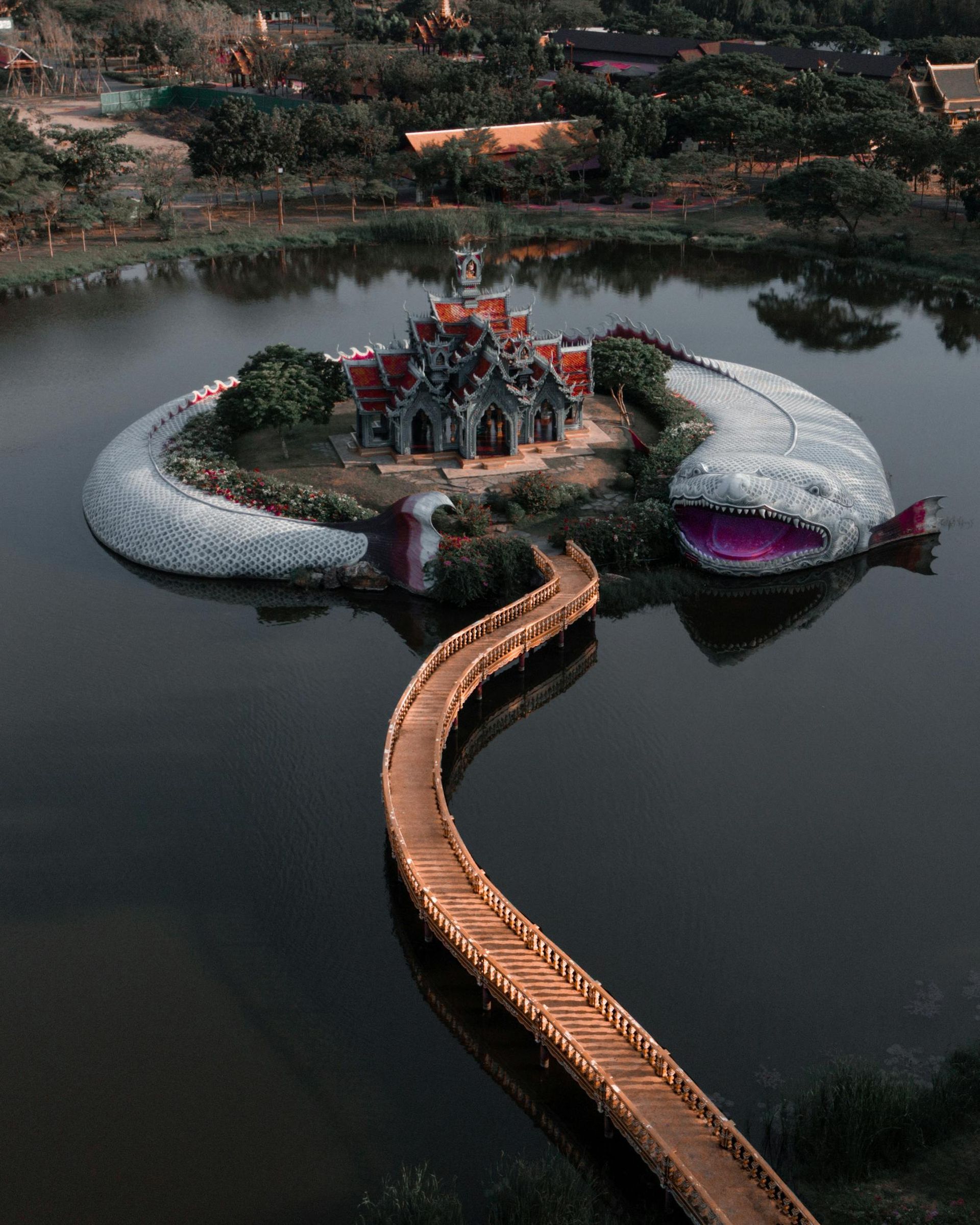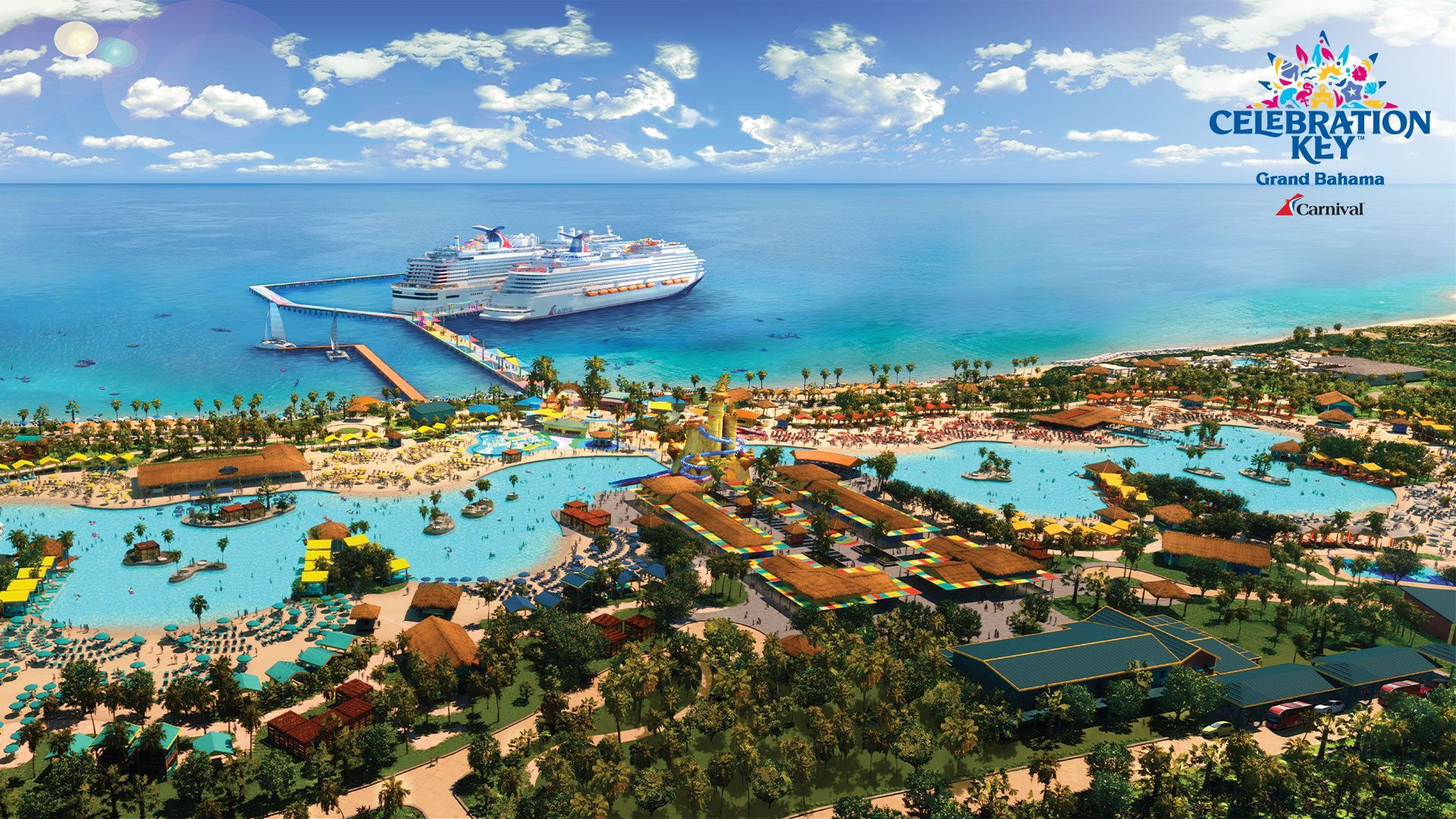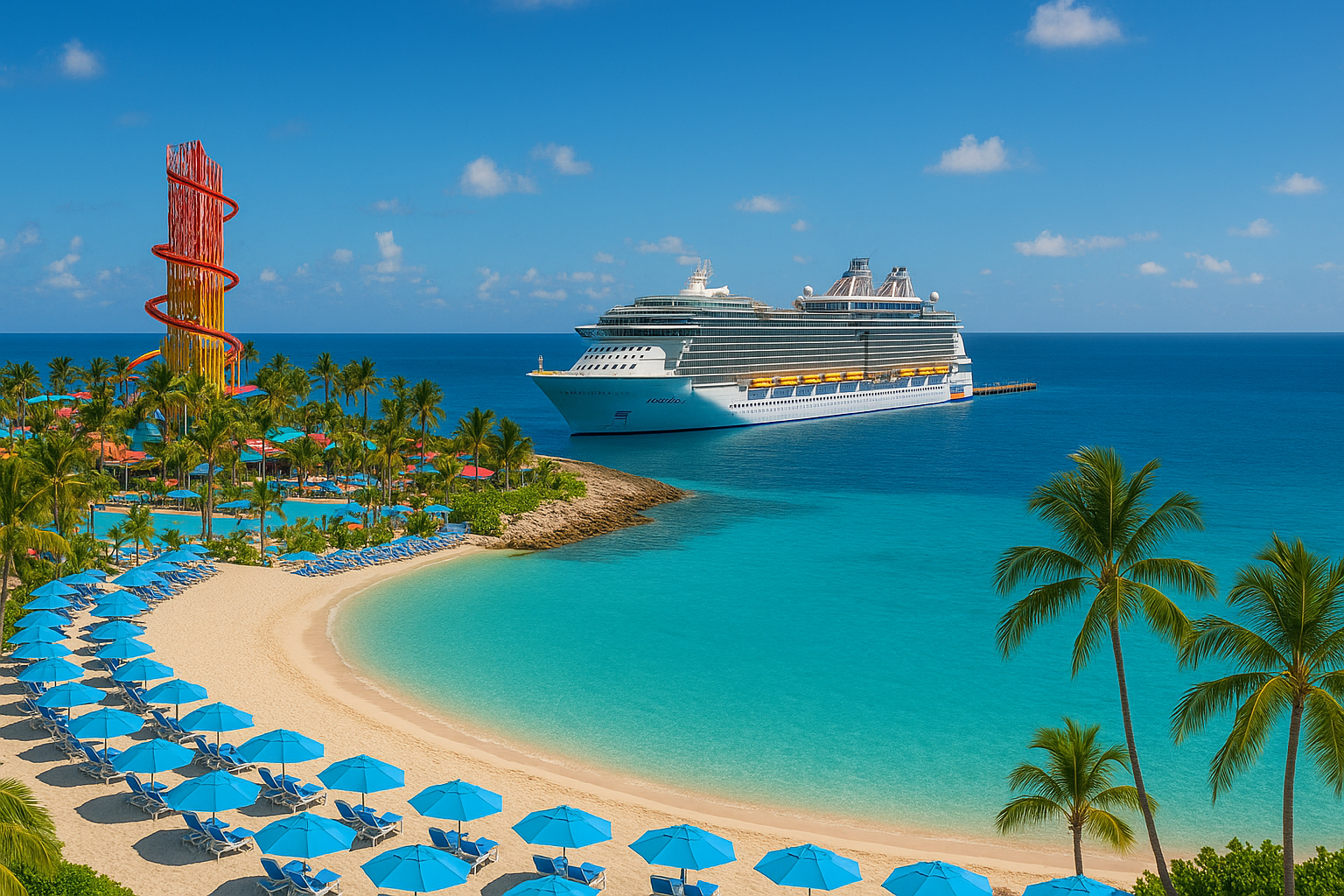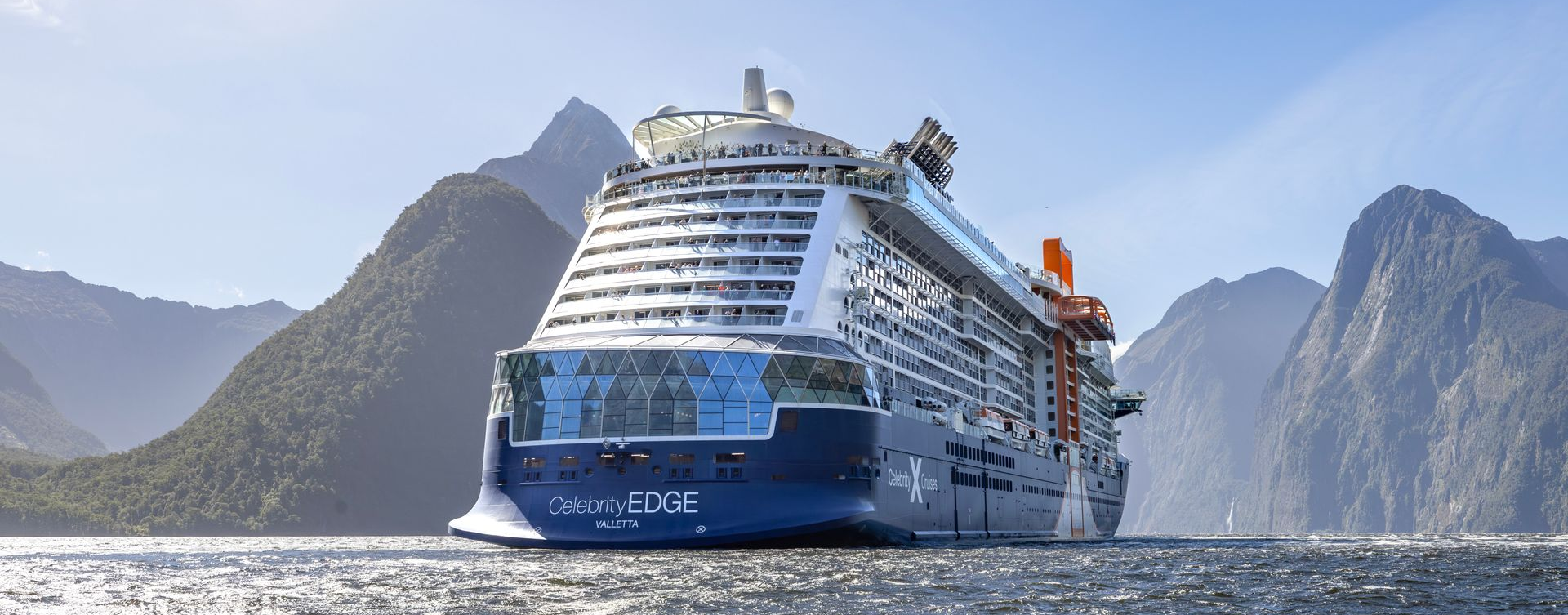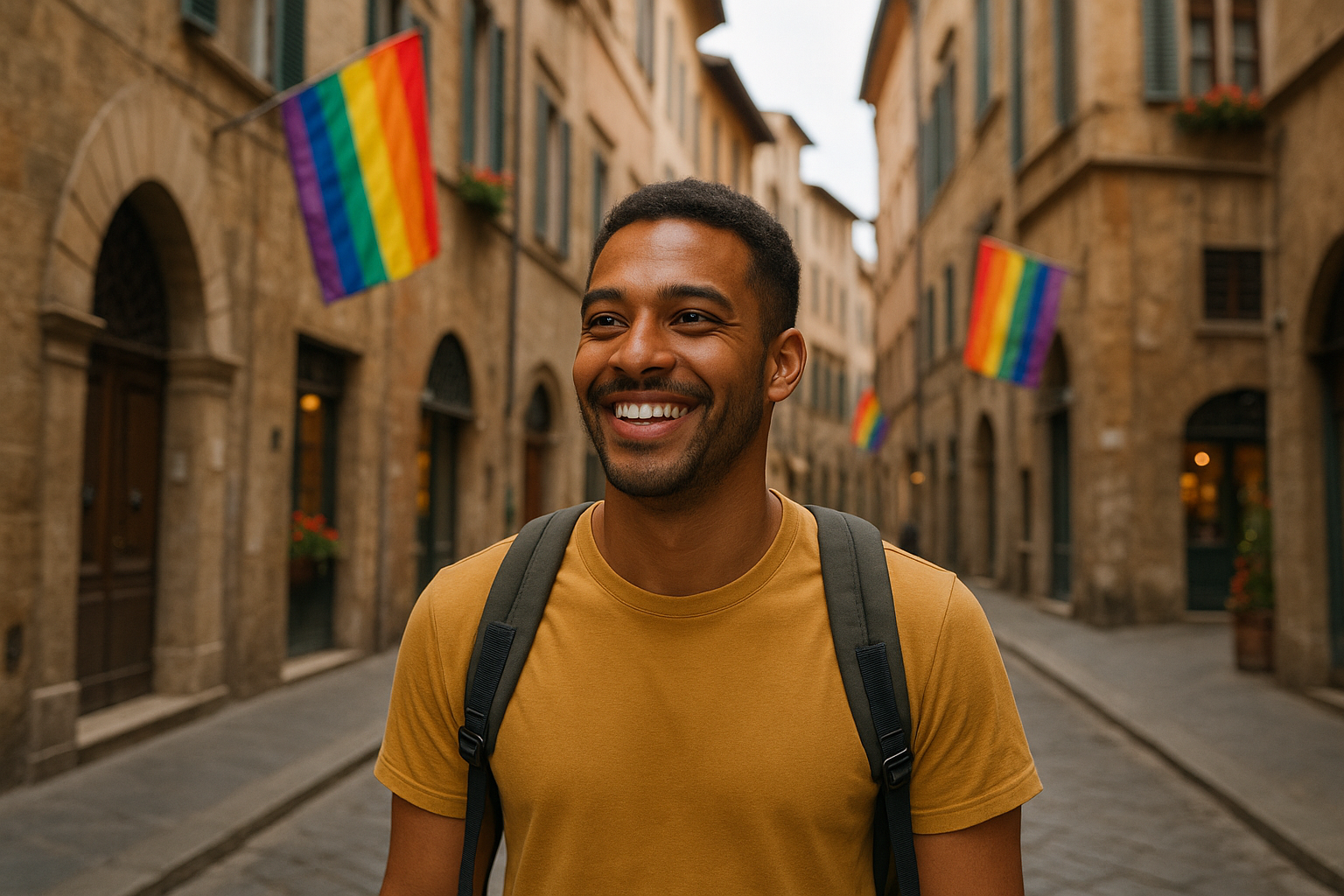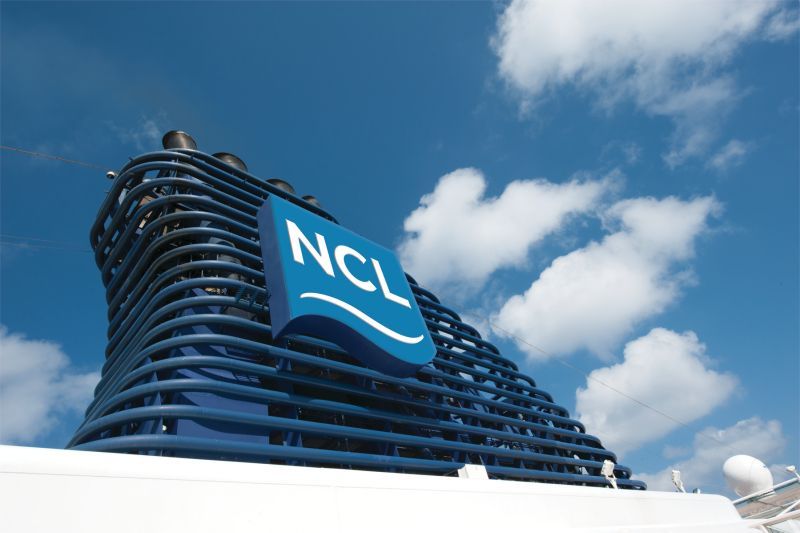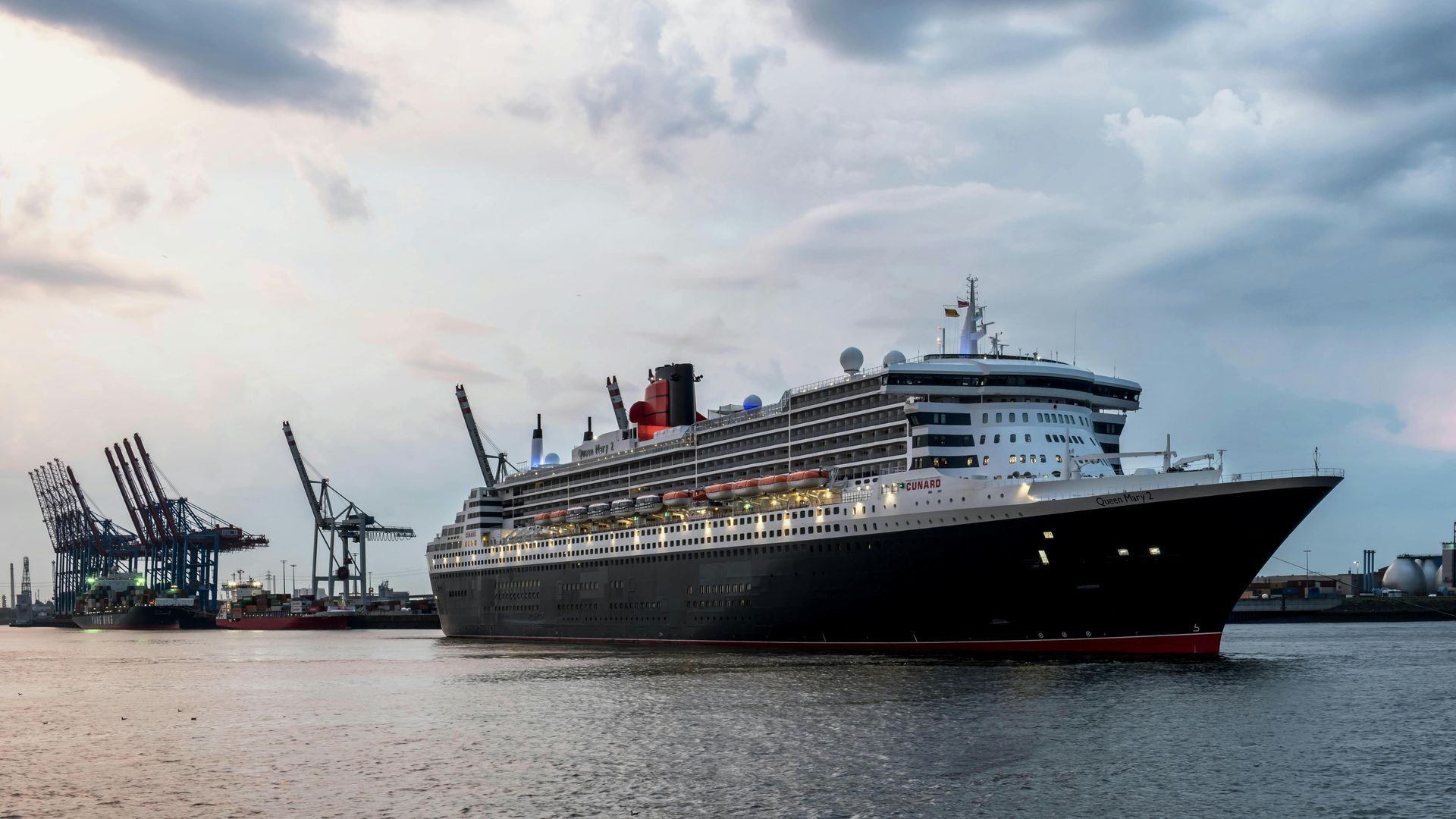Bangkok, locally known as Krung Thep Maha Nakhon, is home to more than 10 million people and acts as Thailand’s beating heart for politics, business, and culture. For queer visitors, the city’s layout makes exploration straightforward: Silom is the nightlife hub, Sukhumvit mixes upscale shopping and dining with gay-friendly hotels, and the riverside offers historic beauty. The currency is the Thai baht, and English is widely spoken in tourist areas, though learning a few Thai phrases (“sawasdee krap/ka” for hello) goes a long way. Bangkok is hot year-round, but the cooler dry season (November–February) is especially comfortable for exploring both temples by day and drag shows by night. LGBTQ+ travelers will also appreciate that Thailand’s reputation for tolerance is more than symbolic—same-sex couples can openly check into hotels, book honeymoon packages, and celebrate Pride without fear of legal repercussion.
Vibrant, Welcoming, and Unforgettable: LGBT+ Travel Guide to Bangkok
LGBT Travel to Bangkok: Nightlife, Culture, Food & Queer Experiences
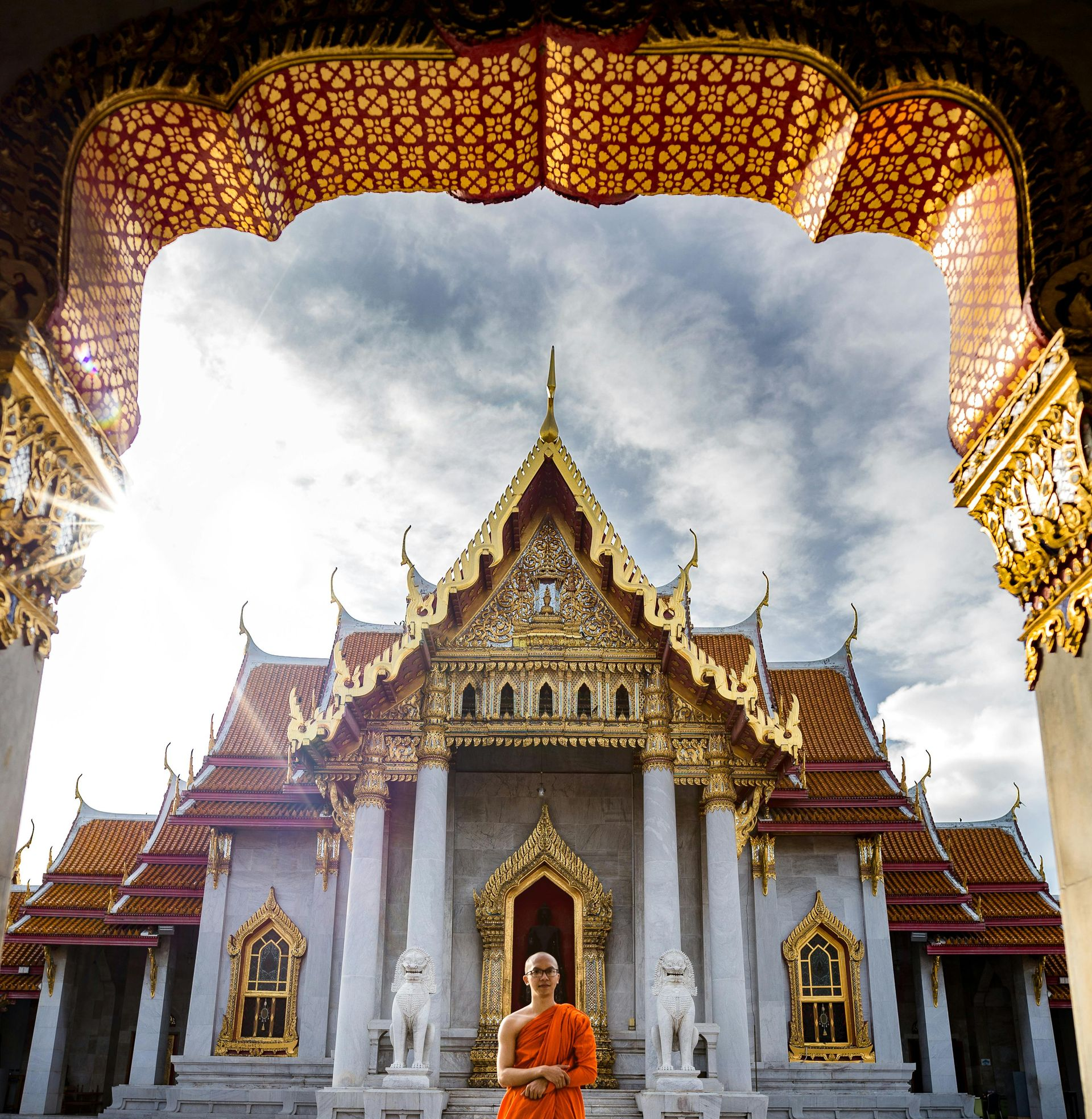
Bangkok is often described as a city of contrasts—where glittering golden temples sit alongside towering skyscrapers, where tranquil riverside neighborhoods meet neon-lit nightlife, and where an ancient Buddhist heritage flows seamlessly into a cosmopolitan, forward-thinking present. For LGBTQ+ travelers, Bangkok is more than just a stopover on a Southeast Asia itinerary—it’s a destination in its own right. Thailand’s capital has long been a hub for queer nightlife, trans visibility, and inclusive hospitality. In recent years, the city has deepened its role as a regional leader for queer rights, with the legalization of same-sex marriage marking a milestone moment in 2024. That progress, combined with the city’s unmatched hospitality, makes Bangkok one of the most welcoming places to explore, celebrate, and connect as an LGBTQ+ traveler.
Why Go?
Bangkok offers a unique blend of cultural richness and queer celebration that few global capitals can match. Imagine beginning your morning with a quiet stroll through Wat Pho, where monks chant prayers as incense fills the air, then grabbing a plate of spicy basil chicken at a street stall before an afternoon spa treatment in a gay-friendly wellness center. As night falls, you’ll find yourself under rainbow lights on Silom Soi 2, dancing shoulder to shoulder with locals and travelers alike. Beyond entertainment, Bangkok provides opportunities to connect with Thailand’s dynamic LGBTQ+ community through art exhibitions, advocacy events, and grassroots organizations. For trans travelers, Bangkok is also known for its pioneering medical expertise, offering world-class gender-affirming healthcare. Whether you’re seeking fun, self-care, romance, or cultural immersion, Bangkok holds a space for you.
Best Neighborhoods for LGBT Travelers
Top Experiences & Nightlife
Bangkok’s nightlife is legendary, and its queer scene is one of the most vibrant in Asia. DJ Station, on Silom Soi 2, is the city’s unofficial gay superclub, with three floors of music, a nightly drag revue at midnight, and an atmosphere that feels like Pride every weekend. Next door, Telephone Pub is one of Bangkok’s oldest gay establishments, perfect for starting the night with cocktails and conversation before hitting the dance floor.
If drag is your love language, head to The Stranger Bar, known for its professional shows and queens who push the boundaries of Thai drag artistry. House of HEALS, meanwhile, blends fashion, music, and performance art into unforgettable nights.
For a more relaxed evening, Silom Soi 4 is lined with open-air bars where you can sip Chang beer, people-watch, and chat with locals. It’s ideal for solo travelers looking to make friends.
Beyond Silom, circuit parties like gCircuit and White Party Bangkok bring international DJs and crowds in the thousands, particularly during Songkran (April) and New Year’s Eve. For wellness-meets-nightlife, saunas like Babylon Bangkok and Chakran double as social spaces with pools, gyms, and bars, offering travelers a place to mingle beyond the dance floor.
Historical & Cultural Experiences
To balance the glitter and glamor, immerse yourself in Bangkok’s historical and cultural layers. The Grand Palace is the crown jewel, with its dazzling Emerald Buddha and ornate halls. Nearby, Wat Pho is home to the Reclining Buddha and is one of the best places to learn traditional Thai massage. Across the river, Wat Arun, or Temple of Dawn, offers some of the most iconic skyline views.
For LGBTQ+ travelers, understanding Thailand’s long history of gender diversity enriches the experience. The concept of kathoey (often translated as “ladyboy”) has existed for centuries, and while the term carries different nuances locally and abroad, it reflects Thailand’s acknowledgment of gender variance. Documentaries, art exhibits, and even theater performances often highlight trans and queer stories, helping visitors connect beyond nightlife.
Daytime also holds queer-friendly communal spaces like Lumphini Park, where locals gather for fitness, relaxation, and tai chi. For art lovers, the Bangkok Art and Culture Centre (BACC) regularly hosts progressive exhibitions, many of which explore identity, gender, and human rights through Thai perspectives.
Eat & Drink (Queer-Owned or Allied)
Bangkok’s dining scene is a foodie’s dream—vibrant, affordable, and endlessly diverse. For a true taste of the city, explore Chinatown (Yaowarat Road), where neon lights frame endless noodle shops, seafood vendors, and dessert stalls. Late at night, this district is just as lively as Silom, making it a favorite post-club destination.
In Silom itself, several venues combine queer-friendly vibes with good food. Telephone Pub serves both drinks and full meals, while Tapas Café offers Mediterranean bites perfect for group dinners. Newer queer-run spaces like Pickle BKK elevate the dining scene with inventive cocktails and a stylish, inclusive environment where locals and travelers connect.
For rooftop views, Banyan Tree’s Vertigo and Lebua’s Sky Bar offer a glamorous way to toast the evening. While not exclusively LGBTQ+, these venues attract an international crowd and are welcoming to queer couples.
Don’t skip Bangkok’s famous street food—from som tam (green papaya salad) to khao man gai (chicken rice). Many stalls are family-run and open into the early hours, making them perfect after a night of dancing. For vegetarians and vegans, Bangkok has also seen a rise in plant-based cafés, particularly around Ari and Sukhumvit.
Safety, Laws & Local Etiquette
Thailand is widely considered one of the safest Asian countries for LGBTQ+ travelers, but cultural sensitivity is still important. Public displays of affection, while not illegal, can draw stares—this applies equally to straight and queer couples. Holding hands is generally fine, but kissing in public is not the norm.
Thailand legalized same-sex marriage in 2024, granting couples rights around adoption, inheritance, and healthcare. This makes Bangkok not just symbolically but legally supportive of queer love. However, trans rights remain an evolving issue. For example, Thai IDs still require binary gender markers, which can create complications for trans travelers.
When visiting temples, dress modestly: cover shoulders and knees, and remove shoes when entering sacred spaces. Respect is key—both in religious settings and in interactions with locals. The Thai value of sanuk (finding joy in all things) and jai yen (keeping a cool heart) means that patience and kindness are appreciated far more than confrontation.
As with any major city, use caution in nightlife areas—keep an eye on drinks, arrange safe transport, and avoid overly aggressive touts.
Events & Pride
Bangkok’s LGBTQ+ calendar is as vibrant as its nightlife. The Bangkok Pride Festival, held annually in June, fills Silom Road with rainbow floats, drag performers, DJs, and advocacy groups. It’s not just a party but also a political moment, bringing attention to LGBTQ+ rights and visibility in Thailand.
In April, Songkran (Thai New Year) doubles as one of Asia’s largest queer party seasons. International DJs, circuit events like gCircuit and Sundance Asia, and giant water fights make this a bucket-list experience.
Other annual highlights include White Party Bangkok, a New Year’s Eve circuit mega-event attracting thousands of queer travelers, and smaller themed parties like SPLASH by G-Spot. Drag shows, theater performances, and fashion events round out the year, ensuring there’s always something happening.
Local Etiquette & Laws
Thailand’s Buddhist roots encourage tolerance, but being mindful of local customs ensures smoother interactions. Politeness is a cornerstone of Thai culture—adding krap (for men) or ka (for women) to the end of sentences shows respect.
While Bangkok is progressive, rural areas may be more conservative, so queer travelers should adapt accordingly. Queer couples may find more stares in small towns than in Silom, but hostility is rare. Thailand’s laws are protective, though enforcement can vary—so always check recent government advisories before travel.
It’s also worth noting that while same-sex marriage is legal, surrogacy laws and adoption processes for LGBTQ+ couples remain complex. For trans travelers, Thailand is both a global hub for gender-affirming surgery and a country where daily discrimination can still exist, especially in employment.
Plan It
Bangkok is easily accessible thanks to its two main airports: Suvarnabhumi (BKK), which handles most international arrivals, and Don Mueang (DMK), used by budget airlines across Asia. The Airport Rail Link connects seamlessly with the BTS Skytrain, making it simple to get to neighborhoods like Silom or Sukhumvit. Ride-hailing services such as Grab are reliable and affordable, while tuk-tuks remain a fun but less practical option, best enjoyed as part of the experience rather than daily transport.
The best time to visit is during the cool, dry season from November to February, when the weather is most comfortable for sightseeing. June is Pride season, when Bangkok fills with international visitors and rainbow events, while April brings Songkran, the Thai New Year, which is both an epic street water fight and one of Asia’s biggest queer party seasons. Keep in mind that April is also the hottest month, with temperatures often soaring past 35°C. The monsoon months, from July to October, bring frequent rain showers but also fewer tourists and better deals on flights and hotels.
Bangkok is refreshingly affordable compared to most Western capitals. A meal from a street vendor costs under $3, while dinner at a midrange restaurant is usually between $10 and $15 per person. Nightlife varies—some Silom bars have no cover charge, while clubs like DJ Station ask for around $8, typically with a drink included. Accommodation is equally versatile, with dorm beds at Blu Cabin Ari starting around $15 a night, while high-end luxury hotels can easily exceed $200. If you’re planning to attend Pride in June or Songkran in April, book accommodations at least two to three months in advance, as rooms fill quickly during these peak events.
